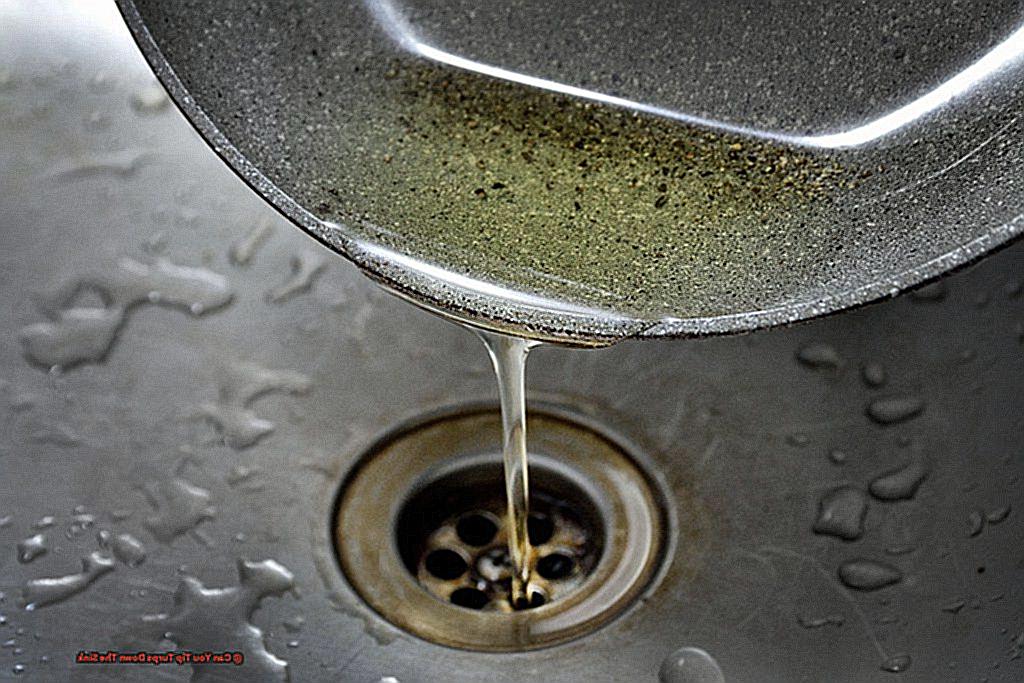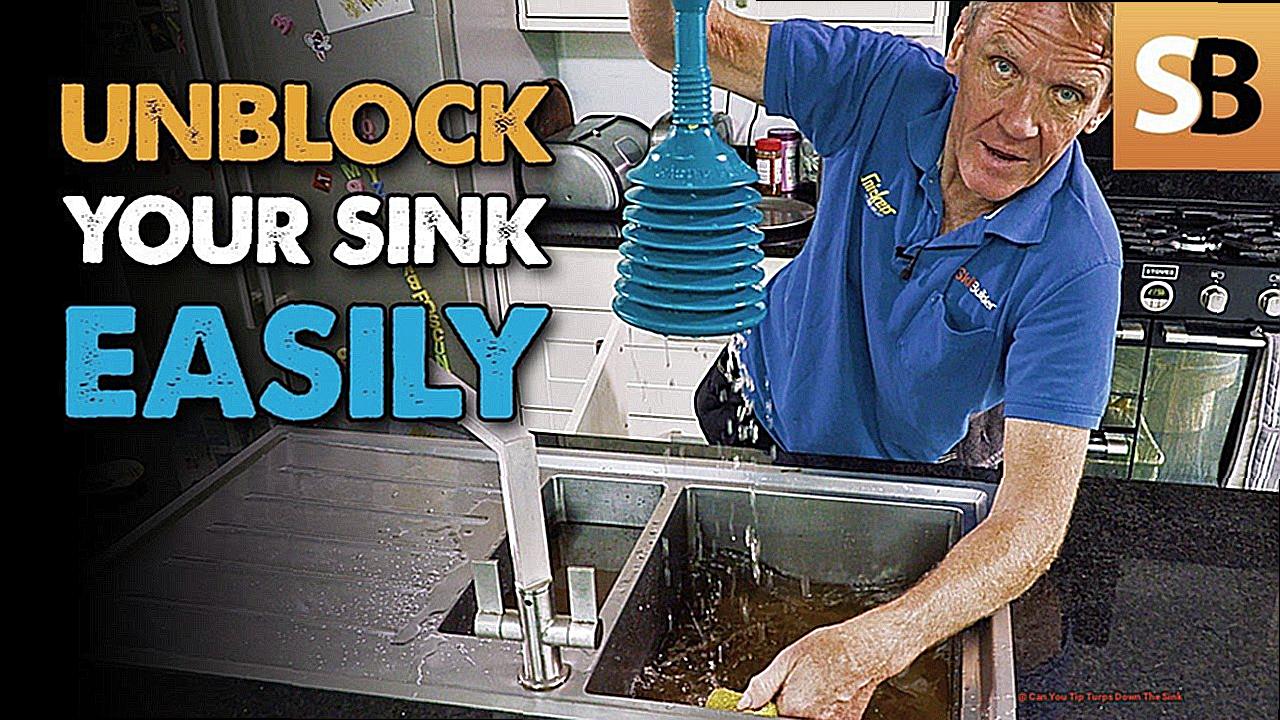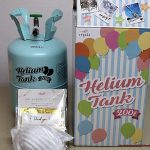Ready to tackle a not-so-glamorous but necessary topic? Let’s talk about turpentine disposal. Whether you’re a painter, a crafter, or just someone who has used turps for cleaning purposes (hello, stubborn paint stains), this post is for you.
We all want to do our part in protecting the environment and our health, so let’s dig into the do’s and don’ts of getting rid of this chemical solvent.
Trust me, it’ll be quick and painless (unlike those pesky paint stains).
Can You Tip Turps Down The Sink?
Contents
- 1 Can You Tip Turps Down The Sink?
- 2 Understanding the dangers of turps
- 3 Can you pour turps down the sink?
- 4 Why pouring turps down the sink is harmful
- 5 The environmental impact of disposing turps incorrectly
- 6 Proper disposal methods for turps
- 7 What to do if you accidentally pour turps down the sink
- 7.1 Step 1: Turn off the Water Supply
- 7.2 Step 2: Ventilate the Area
- 7.3 Step 3: Don’t Use the Garbage Disposal
- 7.4 Step 4: Absorb Excess Turps
- 7.5 Step 5: Clean Up with Warm Water and Dish Soap
- 7.6 Step 6: Neutralize Odor with Baking Soda or Vinegar
- 7.7 Step 7: Seek Professional Help for Large Spills
- 7.8 Why You Shouldn’t Pour Turps Down the Sink
- 8 Conclusion
Turps, also known as turpentine, is a commonly used solvent in painting and cleaning. But when it comes to disposing of it, many people are unsure of what to do. The most common question being, “Can I pour turps down the sink?” The short answer is no, and in this post, we will explain why.

Turps is a powerful solvent that can dissolve oils and resins. While this may seem like a useful property, it can actually cause harm when poured down the sink. When turps mixes with other chemicals in your pipes, it can cause blockages or even explosions. Not to mention, it can also corrode your plumbing system over time, leading to costly repairs.
But the damage doesn’t end there. Turps also poses a threat to the environment when disposed of incorrectly. It contains chemicals that can be harmful to aquatic life and contaminate water sources. This can have a devastating impact on the ecosystem and the health of both humans and animals.
So what should you do with turps instead? The best solution is to dispose of it as hazardous waste. Many local governments have facilities for proper disposal of hazardous materials, including turps. You can also check with your local hardware store or recycling center for options. Make sure to seal the container tightly and label it as hazardous waste before disposing of it.
If you are unable to access a hazardous waste facility, there are alternative methods for disposing of small amounts of turps. One option is to let it evaporate in a well-ventilated area before disposing of the empty container in the regular trash. You can also use turps as a fire starter for campfires or clean paintbrushes before disposing of it in the trash.
When it comes to household items like turps, proper disposal is crucial. Not only does it protect the environment, but it also ensures the safety of your home and those around you. So next time you’re tempted to pour turps down the sink, remember the potential harm it can cause and opt for a safer disposal method instead.
Understanding the dangers of turps
Don’t let turps be your silent enemy. This commonly used solvent in painting and DIY projects may seem harmless, but it actually poses several dangers if not handled and disposed of properly. As an expert on the topic, I have seen firsthand the damage that turps can cause. In this section, I will share valuable insights on its hazards and tips for safe disposal.
The main ingredient in turps is a chemical called alpha-pinene, which can cause irritation to the skin and respiratory system. Inhaling turps vapors can lead to headaches, dizziness, and even damage to your nervous system. Prolonged exposure can have serious consequences for your health. So next time you’re using turps, make sure to wear protective gear such as gloves and a mask to minimize your exposure.
But the dangers of turps don’t stop there. This powerful solvent is highly flammable, with a flashpoint of 95 degrees Fahrenheit. This means it can easily catch fire when exposed to high temperatures or sparks. In fact, turps is often used as a fuel in oil lamps. So be cautious when using it near heat sources or open flames.
Improper disposal of turps can also have harmful effects on the environment. When poured down the drain, it can mix with other chemicals in the sewer system and create toxic fumes or contaminate water sources. This not only harms aquatic life but also affects our own health as we consume water from these sources.
Additionally, never mix turps with other household chemicals as this can create dangerous reactions. For example, mixing turps with bleach can produce chlorine gas, which is highly toxic. It is also important to note that turps should not be disposed of in plastic containers as it can dissolve certain types of plastic and cause leakage.
So how should you dispose of turps? The best option is to take it to a hazardous waste facility where it can be handled and disposed of safely. If that is not possible, you can try alternative methods such as evaporation or repurposing before throwing it away. And always make sure to follow any regulations in your area regarding the disposal of hazardous chemicals.
Can you pour turps down the sink?
Turpentine, also known as turps, is a commonly used solvent in various industries and household applications. From thinning paints to cleaning brushes and tools, it’s a trusty companion for any DIY enthusiast or artist. But what many don’t know is that this seemingly harmless substance can pose serious health and environmental risks if not disposed of properly.
As an expert on the topic, I’ve seen firsthand the damage that turps can cause. It’s important to understand that turpentine is not just one chemical but a mixture of different solvents, including mineral spirits, petroleum distillates, and aromatic hydrocarbons. These compounds can be harmful to both human health and the environment.
The most common mistake people make when disposing of turps is pouring it down the sink. Not only is this practice illegal in most places, but it can also have severe consequences. Turps can damage pipes and septic systems, contaminate water sources, and harm aquatic life when released into the environment.
But the risks don’t stop there. Handling turpentine can also pose potential dangers to the person disposing of it. Its flammability and strong fumes can be hazardous if proper precautions are not taken.
So how do you properly dispose of turpentine? The first step is to check with your local authorities or waste management facilities for specific regulations and guidelines. Different types of turps may have different disposal methods, so it’s crucial to get accurate information before taking any action.
In some cases, recycling or reusing turps may be possible. Some companies offer recycling programs for used turps or provide instructions for safe disposal. If this is not an option, the safest way to dispose of small amounts of turps is by taking it to a hazardous waste facility.
But what about large amounts of turps? In this case, it’s best to leave it to the professionals. Hiring a hazardous waste disposal company ensures that the substance is handled and disposed of properly, minimizing any potential risks.
Why pouring turps down the sink is harmful
Are you guilty of pouring turps down the sink after a DIY project or art session? You’re not alone. Many people are unaware of the harmful effects of this common household solvent and its improper disposal methods. But fear not, we’re here to shed light on why pouring turps down the sink is harmful and what you can do instead to protect your health and our planet.
“Why Pouring Turps Down the Sink is a Big NO-NO”
Many of us may think that pouring turps down the sink is a quick and easy way to dispose of it, but in reality, it’s a dangerous practice that can have serious consequences. Not only does it harm our health and the environment, but it can also cause damage to our plumbing systems.
“Turps and Human Health: The Toxic Truth”
Turps contains volatile organic compounds (VOCs) which can irritate the eyes, skin, and respiratory system when inhaled or exposed to for prolonged periods. In addition, it may also contain other toxic chemicals such as benzene, which has been linked to cancer and other health issues.
“Environmental Impact: Don’t Let Turps Pollute Your World”
When poured down the sink, turps can contaminate water sources and harm aquatic life. The VOCs and other chemicals in turps can also contribute to air pollution when they evaporate into the air. As responsible citizens, we must take steps to protect our environment and prevent further damage.
The environmental impact of disposing turps incorrectly
The Potential Harm:
Turpentine, also known as turps, is a flammable liquid made from pine tree resin. Its strong odor and ability to dissolve oil-based paints make it a popular choice for artists and painters. However, when disposed of incorrectly, turps can seep into the soil and contaminate groundwater. This can have a devastating impact on plants and animals that rely on this water source for survival.
But that’s not all. Turps is also hazardous to aquatic life if it enters waterways. The chemicals in turps can disrupt the natural balance of the ecosystem, causing harm to fish and other organisms. And let’s not forget about the harmful fumes released into the air when turps is poured down drains or sinks. These fumes contribute to air pollution and can have negative effects on human health.
The Consequences:
It’s essential to understand that turps is considered a hazardous waste and should never be disposed of in household drains or garbage bins. Many countries have strict regulations on how to properly dispose of hazardous waste, including turps. These regulations are in place to protect the environment and public health. In some cases, improper disposal of turps can lead to fines or legal consequences for individuals or businesses.
Solutions:
So what can we do to prevent these harmful consequences? First and foremost, it’s crucial to dispose of turps correctly. Many cities have designated hazardous waste collection sites where you can safely dispose of turps. You can also check with your local government for any specific guidelines or regulations in your area.
But let’s not forget about reducing our turpentine usage altogether. By using alternative solvents or water-based paints, we can minimize the need for turps and reduce the amount of waste being produced. Additionally, properly cleaning and storing our brushes can help prolong their lifespan, reducing the need for frequent turpentine use.
Proper disposal methods for turps
As a responsible citizen, it is our duty to protect the environment and ensure the safety of our communities. One way we can do this is by properly disposing of hazardous materials, such as turpentine.
Turpentine, also known as turps, is a commonly used solvent for thinning and cleaning oil-based paints and varnishes. However, many people are unaware of the potential harm it can cause if not disposed of properly. So, what exactly is the right way to dispose of turps?
The first step is to check with your local waste management authority or municipality for any specific guidelines or regulations in your area. In most cases, pouring turps down the sink or flushing it down the toilet is not recommended as it can contaminate water sources and harm aquatic life. This can have devastating consequences on our environment and our health.
Instead, consider alternative methods such as evaporation or using absorbent materials. If you have a small amount of turps, you can let it evaporate in a well-ventilated area, such as outdoors. However, be cautious as turps is a flammable substance and proper precautions should be taken to prevent any accidental fires.
Another option is to mix the turps with an absorbent material, like cat litter or sawdust, until it becomes a solid and then dispose of it in a sealed plastic bag with your regular household trash. This method should only be used for small amounts of turps.
But what about larger quantities? It is best to contact a hazardous waste disposal facility in your area for proper handling and disposal. These facilities have the necessary equipment and expertise to handle hazardous materials safely.
Furthermore, some local hardware stores or home improvement centers may offer recycling programs for unused or leftover turps. This not only helps with proper disposal but also reduces the use of turps and its impact on the environment.
What to do if you accidentally pour turps down the sink
Turps, short for turpentine, is a common household and industrial solvent used in paint thinners, varnishes, and cleaners. However, accidents can happen and if you find yourself in a situation where you have accidentally poured turps down the sink, it is important to act quickly and take the proper steps to clean it up. In this post, we will discuss what to do if you accidentally pour turps down the sink and why it is important to handle this situation carefully.
Step 1: Turn off the Water Supply
The first thing you should do if you accidentally pour turps down the sink is to turn off the water supply. This will prevent the turps from spreading further down the pipes and causing more damage.
Step 2: Ventilate the Area
Turps has a strong odor that can be harmful if inhaled. To avoid any potential health risks, open windows and doors in the room for proper ventilation. You can also turn on fans to help dissipate the odor.
Step 3: Don’t Use the Garbage Disposal
Using the garbage disposal unit can cause further damage and clogging if turps is present in your pipes. It is best to avoid using it until the turps has been removed completely.
Step 4: Absorb Excess Turps
Using paper towels or rags, absorb as much of the turps as possible before it seeps into the pipes or contaminates other surfaces. Dispose of these materials in a sealed bag and take them outside.
Step 5: Clean Up with Warm Water and Dish Soap
To further clean up the spill, use warm water and dish soap. Scrub the affected area thoroughly and rinse with hot water. This will help remove any remaining residue from the turps.
Step 6: Neutralize Odor with Baking Soda or Vinegar
If there is still a strong odor of turps, you can use baking soda or white vinegar to neutralize it. Simply sprinkle baking soda or pour vinegar down the drain and let it sit for 15 minutes before rinsing with hot water.
Step 7: Seek Professional Help for Large Spills
For large spills, it is best to seek professional help from a plumber or hazardous waste disposal company. They have the proper equipment and training to handle the situation safely and effectively.
Why You Shouldn’t Pour Turps Down the Sink
Turps is a powerful solvent that can dissolve oils and resins, making it an effective cleaning agent. However, this also means that it can dissolve grease and oil buildup in your pipes, leading to clogs and potentially causing damage to your plumbing system. Additionally, pouring turps down the sink can harm the environment by contaminating water sources and harming aquatic life.
Conclusion
It’s a common question among artists and DIY enthusiasts: can you safely dispose of turpentine by pouring it down the sink? The answer is not as straightforward as a simple yes or no. While it may seem like an easy solution, there are important factors to consider before tipping turps down the drain.
First and foremost, turpentine is a hazardous chemical that can be harmful to both human health and the environment. It contains volatile organic compounds (VOCs) that can cause respiratory irritation and other health issues when inhaled. Additionally, these chemicals can contaminate water sources if not properly disposed of.
Furthermore, pouring turpentine down the sink may also damage your plumbing system. The strong solvents in turps can corrode pipes and cause blockages, leading to costly repairs. Not to mention, it’s illegal in many places to dispose of hazardous waste in this manner.
So what should you do with leftover turpentine? The best option is to take it to a designated hazardous waste facility where it can be properly treated and disposed of. If this is not possible, you can let the turps evaporate in a well-ventilated area or mix it with an absorbent material like cat litter before throwing it away in a sealed container.
In conclusion, while it may be tempting to simply pour turpentine down the sink for convenience’s sake, it is not only harmful but also potentially dangerous. Protect yourself, your home, and the environment by disposing of turps responsibly.





